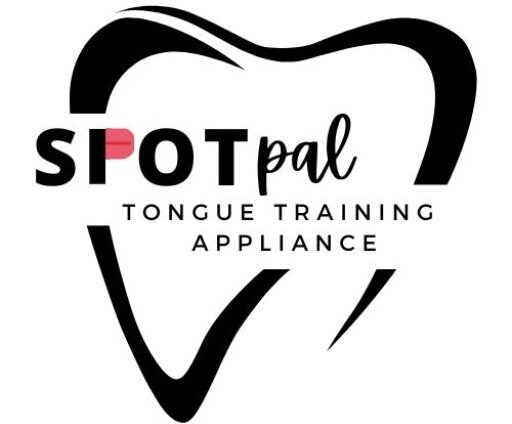Tongue Position and its Impact on Feeding
Have you observed any difficulties during mealtime?
Key components of aversions to certain foods/textures typically stem from sensory components or inability to tolerate that type of food within the oral cavity. This difficulty or inability results from either the consistency of the food and/or lingual weakness. This lingual weakness can impact that person’s success of manipulating, chewing, and swallowing. These can result in a limited dietary repertoire.
If an infant has a tongue restriction that has not been released, this child may have difficulty latching and manipulating the early suck-swallow-breathe reflex. Other signs can include maternal discomfort during breastfeeding, difficulty maintaining weight, fatigue during feedings, and possibly reflux-related problems. Reflux can arise due to difficulty sucking and the inconsistent rate can cause an increase in swallowing air.
In children, compensatory strategies may have been adapted to combat the reduced range of motion in the tongue due to its restriction. In a typical swallow, the tongue manipulates the food from left to right while chewing to create a cohesive bolus which is moved to the back of the mouth to initiate a swallow. It is notable that the severity of the restriction may impact manipulation of food in the oral cavity differently. If a child has difficulty maneuvering specific textures/consistencies, the child may then associate difficulty with that food, resulting in refusal. This can present as preference for specific textures that the child has had more success with chewing and swallowing, difficulty keeping food within the oral cavity, or pocketing food. Pocketing is when food builds up within the cheek, typically because the tongue cannot lateralize to obtain the food that has fallen to the sides. Pocketing may further impact dentition concerns, as the child may miss pieces of food within the oral cavity. If this is not properly removed during brushing, this can contribute to poor gum health or cavities.
How does Spot Pal relate to feeding? Spot Pal can help with proper oral rest posture (via tongue and lip placement) and tongue thrusting, which will correlate into muscle coordination and strength required for feeding. Your child may benefit from having the Spot Dot, or the hole behind the upper front teeth, to act as a tactile cue or reminder for where to place the tongue tip in the oral cavity. The tongue should be resting up and off the teeth, which will aid in proper development of the hard palate and the teeth. This is significant for children with tongue thrusts, as well. Children with tongue thrusts may also benefit from the “pokes” along the front teeth or lateral molars to promote proper tongue posture at the Spot Dot within the confines of the palate. These “pokes” are not painful! Once the palate begins to accommodate the correct tongue placement, this can create more openness in the oral cavity when during the year of growth and development. More space allows the tongue to manipulate food better around the oral cavity to then initiate a swallow with the cohesive bolus. If the child has more success manipulating their certain textures/consistencies, this may reduce refusal.
